Buds revert to leafy growth?
cearbhaill (zone 6b Eastern Kentucky)
11 years ago
Related Stories
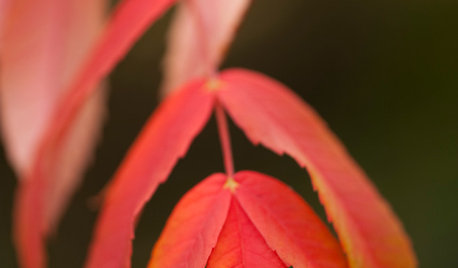
GARDENING GUIDESGreat Design Plant: Rhus Glabra
Smooth sumac provides powerful jolts of fall color and persistent fruit clusters that add interest through the winter
Full Story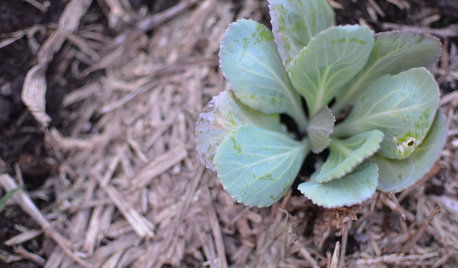
REGIONAL GARDEN GUIDESMid-Atlantic Gardener's September Checklist
Squash, anyone? Cool-season veggies are suiting up for the garden, while summer's last blooms are winding down
Full Story
WINTER GARDENINGPruning Secrets for Exquisite Roses
Encourage gorgeous blooms year after year with this time-tested advice on how to prune your rosebush in winter for health and shape
Full Story
TREES11 Japanese Maples for Breathtaking Color and Form
With such a wide range to choose from, there’s a beautiful Japanese maple to suit almost any setting
Full Story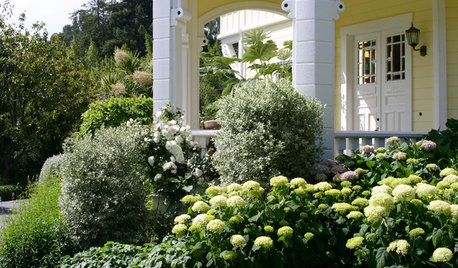
GARDENING AND LANDSCAPINGHave a Ball With Hydrangeas
Even if you don't tinker with the hue by changing the soil, hydrangeas have an entertaining range of uses in all kinds of landscapes
Full Story
HERBSHow to Grow Herbs Indoors
Have a sunny window? Enjoy the flavor of fresh herbs year-round by growing them in the house
Full Story
FRONT YARD IDEASBefore and After: Front Lawn to Prairie Garden
How they did it: Homeowners create a plan, stick to it and keep the neighbors (and wildlife) in mind
Full Story
LANDSCAPE DESIGNHow to Make Your Painted or Stained House Feel at Home in the Landscape
Use color and texture to create a pleasing connection between your house and garden
Full Story
GARDENING GUIDES6 Unsung Bulbs for Fall Planting
Don't hang up your spade after summer — plant these unusual bulbs in fall for a spectacular spring show
Full Story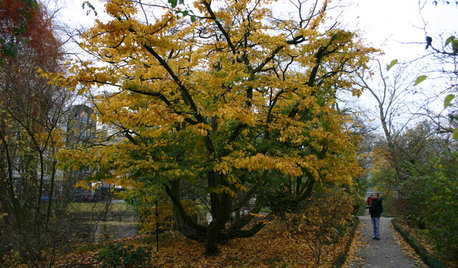
GARDENING AND LANDSCAPINGGreat Design Tree: Persian Ironwood
Plant this unusual deciduous stunner for seasonal interest year-round
Full Story






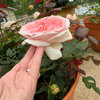
rosetom
michaelg
Related Professionals
Foothill Ranch Landscape Architects & Landscape Designers · Glendora Landscape Architects & Landscape Designers · Havre de Grace Landscape Architects & Landscape Designers · Bristol Landscape Contractors · Brooklyn Park Landscape Contractors · Choctaw Landscape Contractors · Dedham Landscape Contractors · Doctor Phillips Landscape Contractors · Monterey Landscape Contractors · Plantation Landscape Contractors · Post Falls Landscape Contractors · River Ridge Landscape Contractors · Rockville Landscape Contractors · West Chicago Landscape Contractors · White Bear Lake Landscape Contractorsanntn6b
buford
henry_kuska
cearbhaill (zone 6b Eastern Kentucky)Original Author
henry_kuska